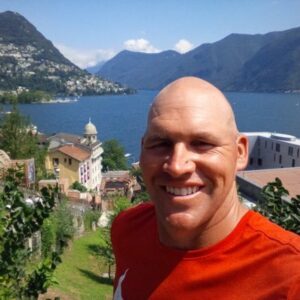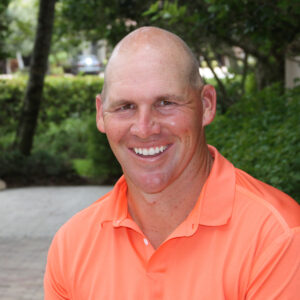Practices during tournaments is a really special kind of practice because it’s done in a very specific environment with limited conditions.
You typically get one hour per day with somebody that you don’t know. You have to adjust to that. Most of the time I see one typical tennis practice at tournaments. First, 20 minutes hitting from the middle of the court. Then it’s a warmup of volleys, a smash for 5 minutes per player. Then it’s 10 minutes serve and return. That’s the first 40 minutes and we have now only got 20 minutes left. Often, it’s only 15 as there is also the occasional water break. Then we play a couple of points before we finish the session.
What I (Nick) just described is plenty good for the players that are winning a lot of matches. Then this type of practice serves purely as a warmup that are winning a lot of matches. Most of their real practice is done on the match court.
For the players that are not winning that much. If they do like described above, there is very little chance for improvement. The conditions are that you get this one hour and you get the player on the other side of the court. You cannot always choose what you’re going to do on the court, but what you can choose is how you approach the practice time and what you are doing. This is the most important you can do. The thing we can change, is how we approach this one hour.
This is the perfect opportunity to use what we learned from Mario Ancic’s story on practicing with Andre Agassi and the fact that it’s not necessarily what we do on the practice court, but it’s how we do it.
It’s about the amount of focus and energy we give to what we are doing, nothing more. There are a lot of things that you can practice. Even when hitting down the middle, you can focus on many technical elements, situations or targets. Another suggestion would be to play more points. Sometimes it’s more efficient to warm up your serves and returns during the points than to spent the time before and then play just a few points at the end.
The last thing from a organizational point of view. Yes, you have to use this one hour that you get officially from the tournament and make the best out of it, but there are other options that you can do. For example, early mornings the site is often empathy. So, you can wake up a little bit earlier and go on site. There’s usually plenty of time to practice. There are indoor courts, there are often other sites nearby. This is a coach’s responsibility to research before going to tournaments and to put those repetitions of specific elements in, because this is important for all players. As a coach you need to be prepared for a first-round loss on Monday and the next match could be a week or several weeks away. You need to figure out how you are going to organize that week in order to not only affect the next match but also the future of the player’s career.


